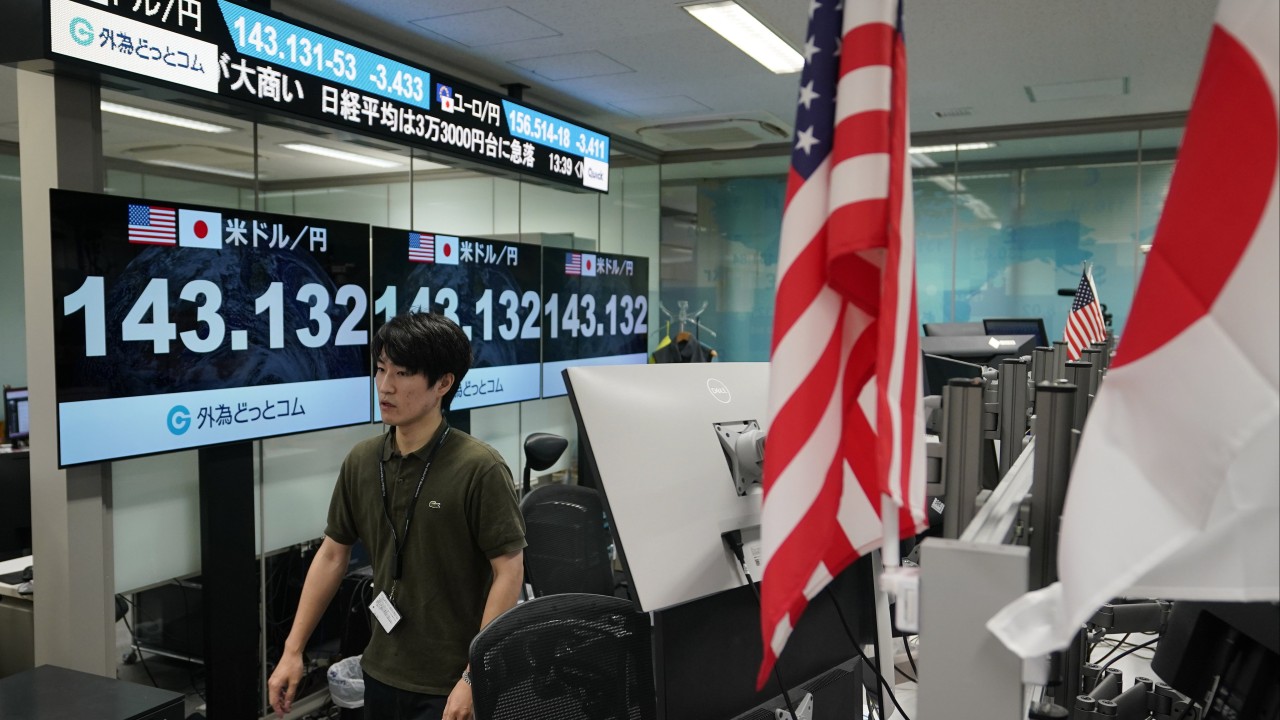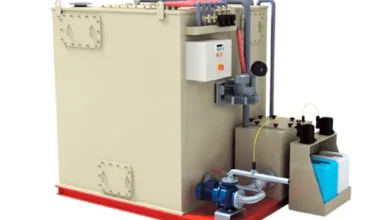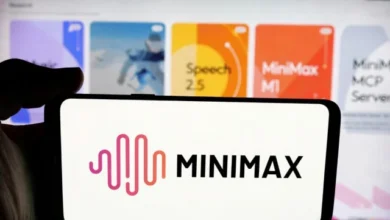As stock sell-off sweeps Asia, China’s yuan surges as US rate cuts loom


Anticipation of US interest rate cuts in September drove China’s yuan to a seven-month high against the US dollar on Monday, and also boosted the Japanese yen, with some analysts expecting the outlook for the Chinese currency would still largely depend on the strength of the US dollar.
On Monday, the onshore yuan rallied to a high of 7.1150 per US dollar during morning trading, the strongest level since January 2.
The yen also surged by more than 3.4 per cent against the US dollar, which has been under pressure following the release of weak American job data on Friday. Japan’s benchmark Nikkei 225 index and the broader Tokyo Stock Price Index, commonly known as Topix, also fell over 13 per cent on Monday.
Forecasts on US interest rate cuts had gone from 25 basis points to almost 50 basis points in September over a souring outlook on the world’s largest economy, analysts said.
“The weaker US dollar on the back of US recession fears, which has seen the market pricing in aggressive rate cuts for the rest of this year, has been the key driver behind the yuan’s surge,” said Khoon Goh, head of Asia research for ANZ.
“Now that the spot [price] has converged towards the fixing, we could see some stabilisation in the currency, although this is dependent on the near-term trajectory of the US dollar.”
On Monday, the People’s Bank of China set the yuan’s fixing stronger than expected at 7.1345 per dollar.
The fixing limits the onshore yuan’s moves by 2 per cent on either side and is often used by the market to gauge the official stance towards the foreign exchange market.
The yuan has suffered significant depreciation pressure since the start of the year.
“We do not expect a sustained appreciation in the yuan. China’s recovery momentum is uneven at best,” said Kiyong Seong, lead Asia macro strategist at Societe Generale.
“The PBOC is expected to keep easing monetary conditions to support the growth.
“Unless the US is falling into a recession and China recovers quickly, which is not our base case scenario, the state of economies doesn’t support a sustained appreciation in the yuan. We expect the US dollar-yuan will find support at the 7.1 level soon and gradually rise back again.”
Analysts said the unwinding of the so-called carry trade in the yen has also exacerbated the weakness of the US dollar.
In a carry trade, an investor borrows in a currency with low interest rates, such as the yen, and reinvests the proceeds in a currency with a higher rate of return.
As a hawkish BOJ meets a dovish Fed, yield differentials shall turn increasingly favourable for the Yen
The yen has been gaining strength against the US dollar since the Bank of Japan (BOJ) raised interest rates to levels unseen in 15 years and unveiled a detailed plan to slow its massive bond buying.
“Since volatility has increased, people have to reduce their holdings to reduce risk in their portfolios and leads to bigger unwinding [to avoid losses],” said Sean Yokota, head of fixed income, currency and commodities at Sweden’s SEB Group.
Yokota said positions being unwound in carry trades had caused Japanese stocks to plunge and added strength to the yen.
Frances Cheung, head of foreign exchange and rates strategy at Singapore’s OCBC Bank, said the yuan is not out of the woods yet despite heightened prospect of rate cuts by the US Federal Reserve in terms of timing and magnitude.
“As a hawkish BOJ meets a dovish Fed, yield differentials shall turn increasingly favourable for the Yen,” said Cheung.
“As for the yuan, there are counteracting factors in play. Yuan rates themselves are still trying to find a bottom and the yuan fixings suggest there is no intention to match the entirety of dollar softness.”
Cheung added that whether Chinese exporters are willing to convert their foreign exchange revenue into yuan that would support the Chinese currency remained a key factor.
Source link



